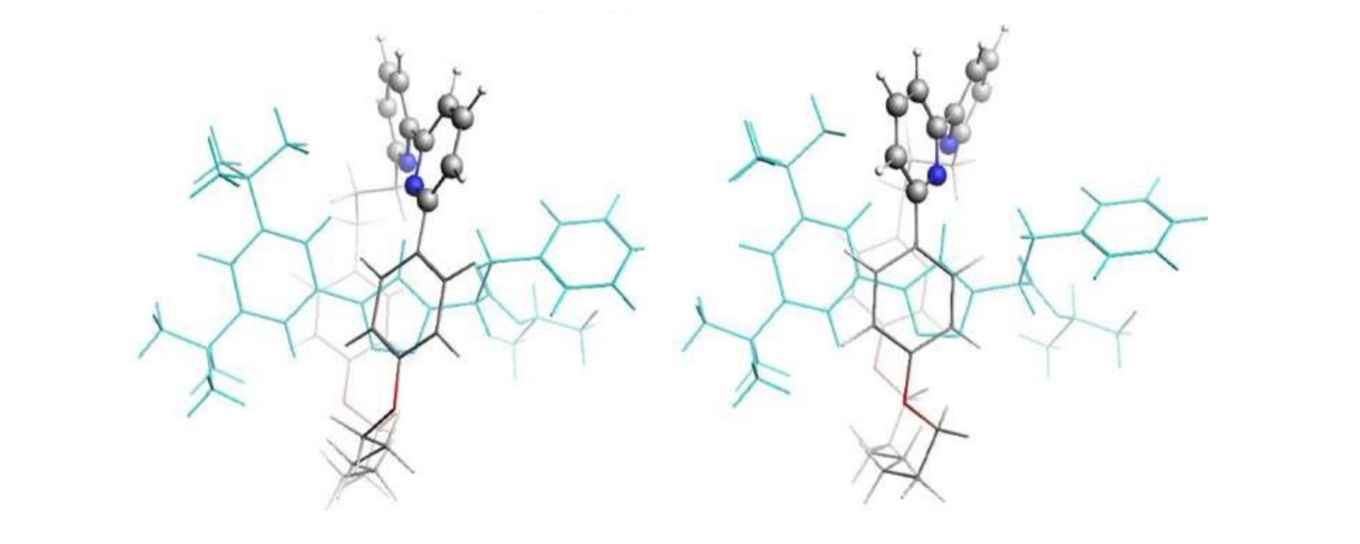Vibrational Circular Dichroism spectroscopy for probing the expression of chirality in mechanically planar chiral rotaxanes
Paper in Chemical Science
29 July 2020

Abstract
Mechanically interlocked molecules can exhibit molecular chirality that arises due to the mechanical bond rather than covalent stereogenic units. Developing applications of such systems is made challenging by the absence of techniques for assigning the absolute configuration of products and methods to probe how the mechanical stereogenic unit influences the spatial arrangements of the functional groups in solution. Here we demonstrate for the first time that Vibrational Circular Dichroism (VCD) can be used to not only discriminate between mechanical stereoisomers but also provide detailed information on their (co)conformations. The latter is particularly important as these molecules are now under investigation in catalysis and sensing, both of which rely on the solution phase shape of the interlocked structure. Detailed analysis of the VCD spectra shows that, although many of the signals arise from coupled oscillators isolated in the covalent subcomponents, intercomponent coupling between the macrocycle and axle gives rise to several VCD bands.
Consortium and funding
The research was funded through the Fund New Chemical Innovations (NCI) and carried out in a consortium with the Theoretical Chemistry group of VU University Amsterdam and the companies Scientific Computing & Modelling N.V. (Nederland) and BioTools, Inc. (USA). Chemistry student Chima Chibueze contributed to the research as part of his bachelor's research project.
Paper
M.A.J. Koenis, C. Chibueze, M. Jinks, V. Nicu, L. Visscher, S. Goldup and W.J. Buma: Vibrational Circular Dichroism Spectroscopy for Probing the Expression of Chirality in Mechanically Planar Chiral Rotaxanes, Chem. Sci., 2020, DOI: 10.1039/D0SC02485F.